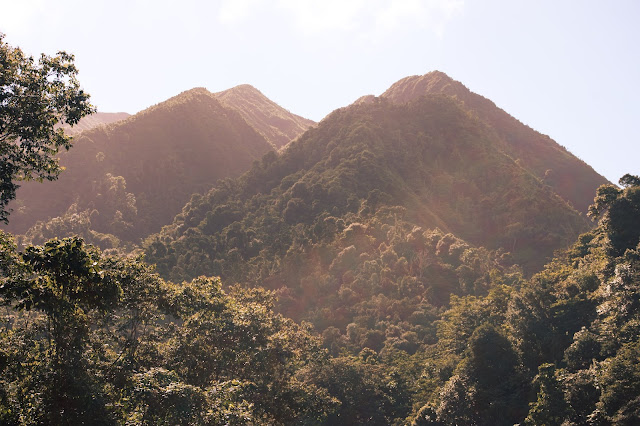Antarctic Stories: Dunking at Deception Island

Anjani Ganase continues her Antarctic adventures on the Homeward Bound expedition with an adrenalin rush and cold water. It is the end of the first day, and we still can’t believe that we’ve arrived at the frozen continent. Tomorrow the cohort will have a shocking awakening as we get the opportunity to plunge into the frigid Antarctic waters. In the lead up to the voyage there were avid talks about doing a polar plunge, which is the act of jumping into icy water. Now the opportunity to do the plunge was upon us when we visit Deception Island. My thoughts and emotions walk the line of anxiety and excitement that night. I am committed, in theory, to do the plunge, but will I be able to show up in the moment? Walking with TT flag. Photo by Moreangels Mbizah Deception Island is a horseshoe shaped volcano caldera that is about 15 km in diameter. A caldera refers to the depression that forms when a volcano erupts and collapses on itself. There are many submerged volcanoe...



